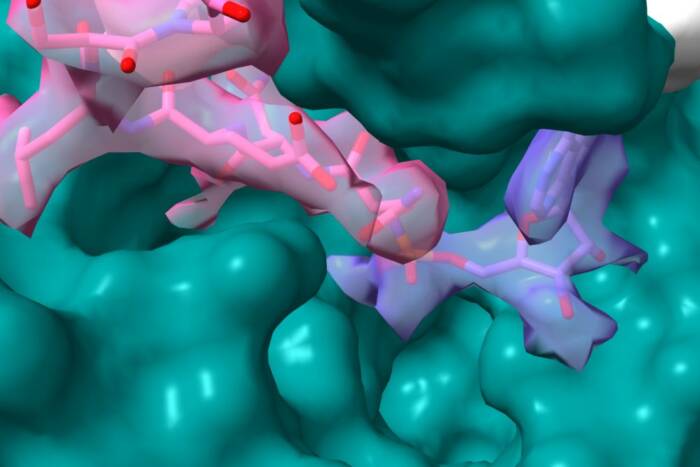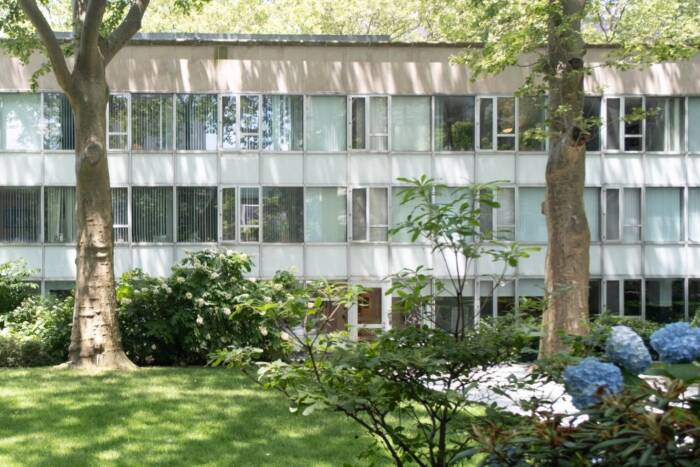Erica C. Keen
B.S., Yale University
Transfer Properties of the Hair Cell-afferent Fiber Synapse
presented by A. James Hudspeth
I’m now honored and delighted to recognize the nascent doctor Erica Corinne Keen, who’s also carried out her research on the hearing process. Now I earlier introduced hair cells, which are the sensory receptors of the internal ear, and mentioned that each of these detects vibrations stemming from sound and produces an electrical response. For that response to be perceived, somehow the information has to be forwarded into the brain, and Erica studied how this comes about. More specifically, she was able to record electrical signals simultaneously from one of these receptive hair cells and from the afferent nerve fiber that connects it to the brain, and by that means she was able to show how hair cells transmit information.
The mills of neurophysiology grind exceeding fine, but they also grind very slow. Every experimental fact must be established with living organs and living cells and the most difficult aspect of such research is learning how to make an experimental operation, to take a bit of tissue out of the body, keep it alive during the experimentation and convince it somehow to reveal the answer to an interesting question. And it’s in this realm that Erica has made a really singular contribution. She was the first to demonstrate how one could investigate the flow of information from a hair cell to the associated nerve fibers. Developing a new preparation like this is something like finding a new kind of art — Impressionism, Cubism or whatever; it gives you a new way of seeing things, a means of studying phenomena of which we weren’t previously even aware.
Erica’s approach is now being adopted by other groups around the world, which is testament to the fact that her pathbreaking work was quite important. Erica’s presently engaged in her clinical work as part of the M.D.-Ph.D. degree program, and her success in this realm poses additional problems. She must decide in the next five months or so whether to continue on in the clinical endeavor or to return to basic research or perhaps find some combination of the two. My colleagues and I have enormously enjoyed working with Erica. We wish her the greatest success in whichever path she selects — as long as it’s research.



